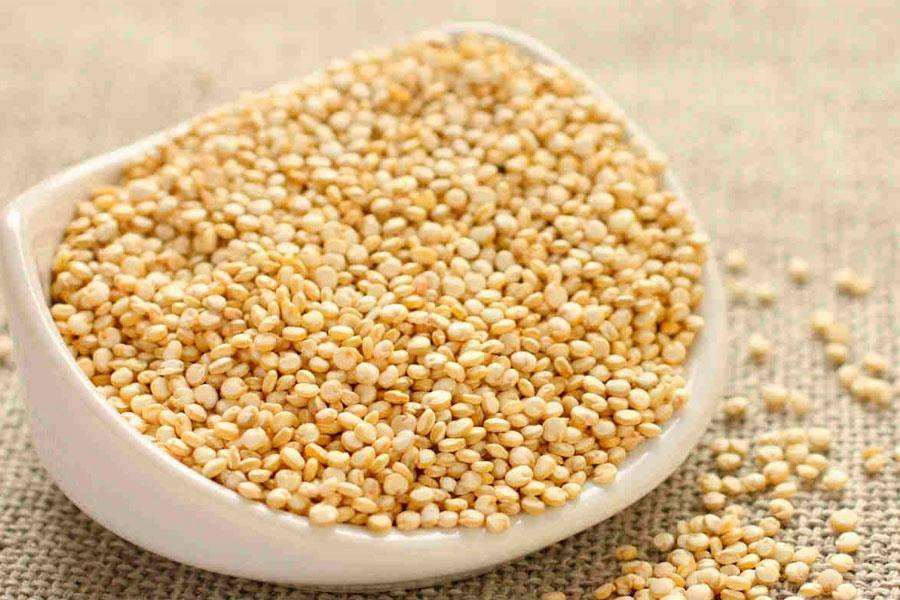Amaranth is often considered a cereal, since it produces small grain-like sprouts. In the world of botany, this plant does not belong to the cereal group, but rather belongs to the Amarantaceae family. As with other plants, such as quinoa , that produce grain, amaranth is considered a ''pseudo-cereal'', since its nutritional composition is similar to that of other cereals.

This food began to be cultivated by the Aztecs centuries ago and is present in the history of countries like Peru and Mexico. Nowadays, amaranth is becoming very popular again due to the amount of beneficial nutrients it contains. It stands out for being composed of a high percentage of minerals, such as phosphorus, calcium or iron, and for the great contribution of proteins it represents . It is also a rich source of fiber, folic acid and lysine, an amino acid that provides proteins that are easy for the body to digest.
Amaranth is distinguished from other types of grain by providing, depending on each case, double or triple the amount of proteins and amino acids. Furthermore, he is the only one who
contains vitamin C
Thanks to its nutritional composition, this plant, or pseudo-cereal, can be very beneficial for health. It can be used as a dietary product, since the carbohydrates it provides are healthy and due to its fiber content it is very digestive . Helps prevent diseases such as colon cancer, obesity, or memory problems. It is also very useful when it comes to maintaining adequate cholesterol levels and the normal functioning of the central nervous system. It is also recommended in the treatment of other conditions such as hypertension, liver failure or osteoporosis.
For all these properties, amaranth is a great ally for maintaining a healthy and balanced diet.


